Bleach as a Basic Solution: Explanation and Details
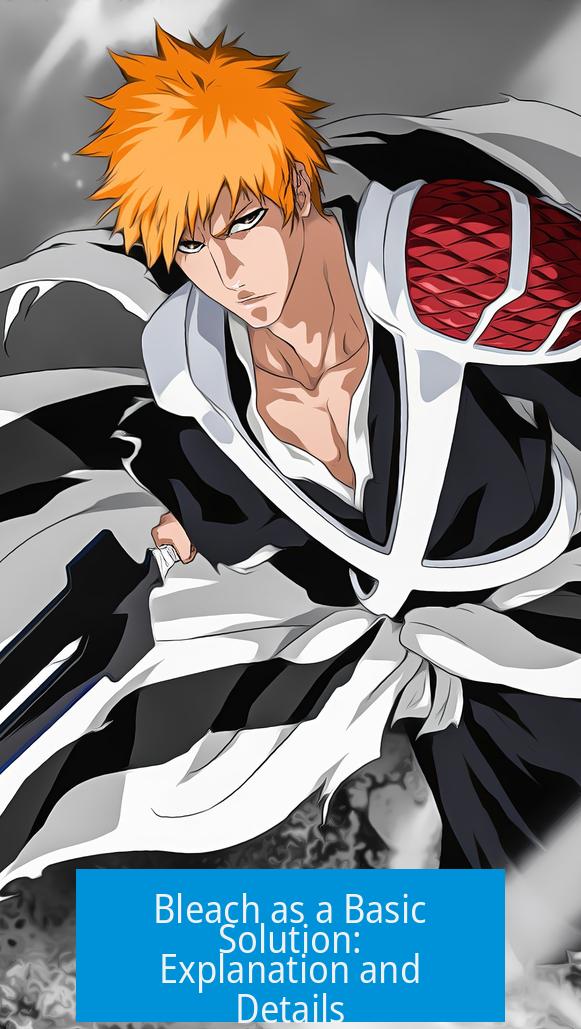
Bleach is a basic solution, yes. This is primarily due to the common form of bleach, chlorine bleach, which is an aqueous solution of sodium hypochlorite (NaOCl). The chemical nature of NaOCl causes the solution to exhibit basic properties.
Definition and Composition of Bleach
Bleach includes several compounds used for disinfecting and whitening. However, the typical household bleach refers to chlorine bleach, which contains sodium hypochlorite (NaOCl).
Chemical Properties of Sodium Hypochlorite (NaOCl)

NaOCl acts as a strong oxidizing agent. When dissolved in water, it hydrolyzes, producing hypochlorous acid (HOCl) and hydroxide ions (OH−). The presence of hydroxide ions raises the pH, making the solution basic.
- NaOCl + H2O ⇌ HOCl + OH−
- The release of OH− ions causes the solution’s pH to be above 7.
This basic environment enhances the bleaching and disinfecting capabilities of the solution.
Interaction with Acids
Chlorine bleach’s basic nature makes it reactive with acids. Mixing bleach with acids, such as hydrochloric acid, leads to the formation of chlorine gas (Cl2), which is toxic.
- NaOCl + 2HCl → Cl2 (gas) + NaCl + H2O
- This reaction poses health hazards including respiratory difficulties.
Therefore, using acids to neutralize bleach is unsafe and should be strictly avoided.
Safe Alternatives for Neutralizing Bleach
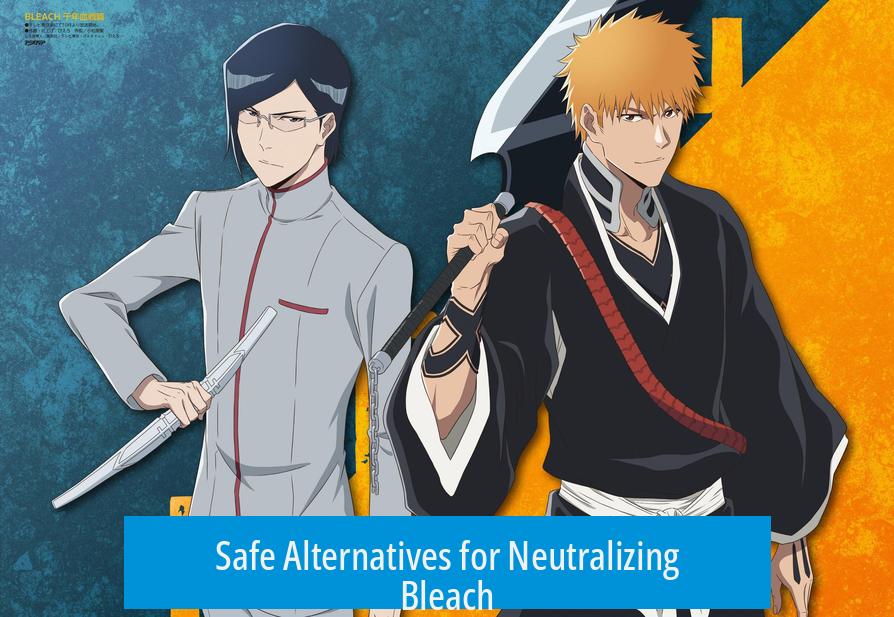
Instead of acids, safer substances like sodium hydroxide (NaOH) or sodium bicarbonate (NaHCO3) are used for neutralization. These maintain or enhance the basic pH, safely mitigating bleach residues without producing dangerous gases.
- NaOH is a strong base; neutralizes acidic residues safely.
- Sodium bicarbonate is mild, inexpensive, and commonly available for spill management.
Summary of Key Points
- Bleach commonly refers to sodium hypochlorite solution, which is basic.
- Its basicity arises from hydrolysis releasing hydroxide ions.
- Mixing bleach with acids generates toxic chlorine gas; avoid acids.
- Neutralize bleach safely using bases like NaOH or sodium bicarbonate.
Bleach Is a Basic Solution, Yes? Let’s Dive Into the Chemistry Behind the Cleaning Power

If you’ve ever wondered whether bleach is a basic solution, you’re not alone. Many people use bleach to clean, whiten, and disinfect without really thinking about its chemical nature. Well, let’s clear up that mystery right now! Spoiler alert: yes, bleach generally forms a basic solution, but there’s more to the story than just that.
The Many Faces of Bleach: What Exactly Are We Talking About?
First off, “bleach” isn’t a one-trick pony. It refers to several compounds that whiten or disinfect by chemical action. But when most folks say “bleach,” they mean chlorine bleach, scientifically known as sodium hypochlorite, or NaOCl. This is the stuff in your household bleach bottle, the magical liquid that makes your whites whiter and kills pesky bacteria.
Sodium hypochlorite is particularly interesting because it’s an oxidizing agent. What does that mean? It can grab electrons from other stuff, breaking down stains and germs effectively. But here’s the kicker: as sodium hypochlorite breaks down in water, it doesn’t just clean — it also creates a basic solution. So bleach isn’t just powerful; it’s also “alkaline” in nature.
What Makes Bleach Basic? The Chemistry Behind the Clean

The magic lies in the chemical reactions that take place once you dilute bleach with water. In solution, sodium hypochlorite dissociates:
NaOCl + H2O → Na+ + OH- + HOCl
See those OH− ions (hydroxide ions)? They’re the hallmark of a basic (alkaline) solution. These ions push the pH above 7, sometimes up to around 11 or 12, making the solution strongly basic.
This basic environment helps bleach do its job more effectively. The oxidizing power combined with alkalinity makes it a one-two punch against stains and microbes. So yes, bleach is indeed a basic solution, mostly thanks to the hydroxide ions that form when sodium hypochlorite decomposes.
Mixing Bleach With Acid? A Dangerous Chemistry Experiment You Don’t Want to Try!
Now here’s a big “DON’T” for anyone dabbling in chemicals: mixing bleach with acids is a recipe for disaster. While you *might* think, “Hey, let’s neutralize that strong base with some acid,” it doesn’t work that way with bleach. Attempting to neutralize bleach by adding acid won’t just cancel out the base; it produces chlorine gas.
Chlorine gas is toxic, even deadly in high concentrations. It can cause burning eyes, respiratory distress, and worse. The reaction looks something like this:
NaOCl + 2 HCl → Cl2 (g) + NaCl + H2O
So, if you’re cleaning your toilet or kitchen sink and accidentally mix acid-based cleaners with bleach, you’re risking a hazardous gas release. Households should take this warning seriously—no neutralizing bleach with acid!
Safe and Smart: How to Neutralize Bleach Properly
But what if you need to get rid of bleach residue or neutralize it for some reason? Keep calm; there are safer options. Instead of acid, use sodium hydroxide (NaOH) or sodium bicarbonate (baking soda). Both are safer and cheaper solutions that effectively neutralize bleach without putting you in harm’s way.
Why does this work? Since bleach is basic, adding a little more base (like NaOH) might seem odd—but these strong bases help stabilize the solution. More importantly, baking soda is mildly alkaline and can help reduce bleach’s reactivity safely. This method avoids the chlorine gas risk entirely.
For example, if you spill bleach or want to clean a surface with leftover bleach, sprinkling baking soda and rinsing with water helps to neutralize and dilute the solution safely.
Final Thoughts: Bleach as a Basic Solution Is More Than a Chemistry Fact
In short, bleach is a basic solution. The household bleach you know and use (chlorine bleach) derives its alkalinity from sodium hypochlorite’s breakdown. It’s that alkaline power combined with oxidation that makes bleach so effective for cleaning and disinfecting.
However, chemistry caution is crucial. Mixing bleach with acids is dangerous, producing toxic chlorine gas that no one wants around. The best neutralizers are sodium hydroxide or baking soda—both easy to handle and effective.
Next time you grab that bleach bottle, remember: it’s not just a cleaning agent but a basic chemical marvel with very specific reactions you should respect.
Questions to Ponder
- Ever been curious why bleach works better on some stains than others?
- Have you ever accidentally mixed cleaners and wondered if it was safe?
- Could baking soda be the unappreciated hero when handling household chemicals?
Understanding your cleaning agents means safer and smarter use. So bleach is basic, yes — but knowing *why* and *how* makes you the master of your cleaning domain.
Is bleach considered a basic solution?
Yes, chlorine bleach (NaOCl) forms a basic solution when it dissolves in water. This happens because it generates hydroxide ions as it breaks down.
Can bleach be safely neutralized with an acid?
No. Mixing bleach with acids is dangerous because it produces toxic chlorine gas. This reaction should be avoided for safety reasons.
What are safe alternatives to neutralize bleach?
Instead of acids, use sodium hydroxide (NaOH) or sodium bicarbonate. These substances neutralize bleach safely and are cost-effective.
Why does bleach produce a basic solution?
Bleach contains hypochlorite ions (OCl⁻), which react with water to form hydroxide ions (OH⁻), making the solution basic.


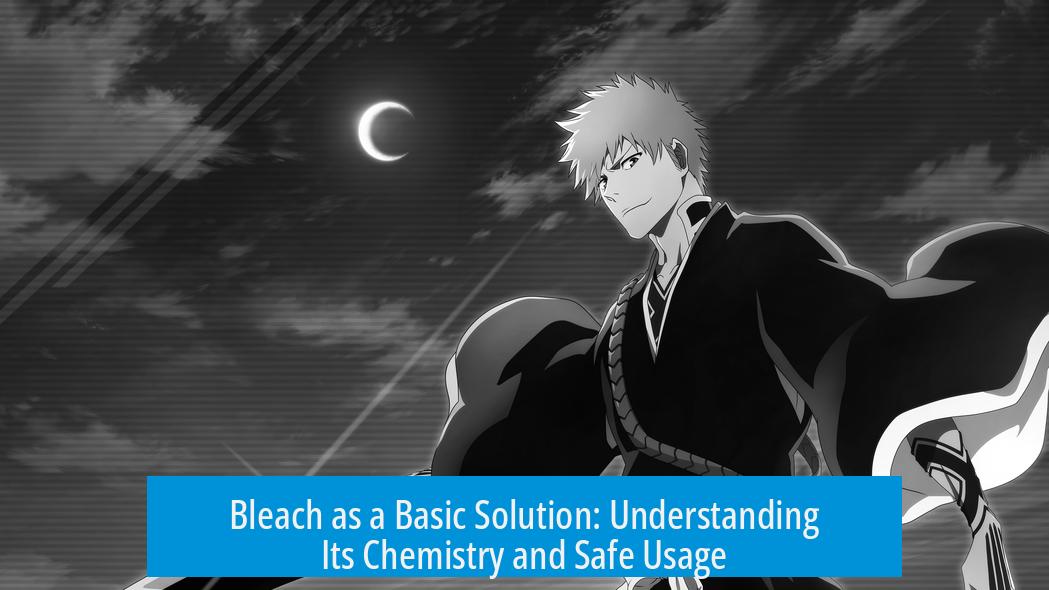
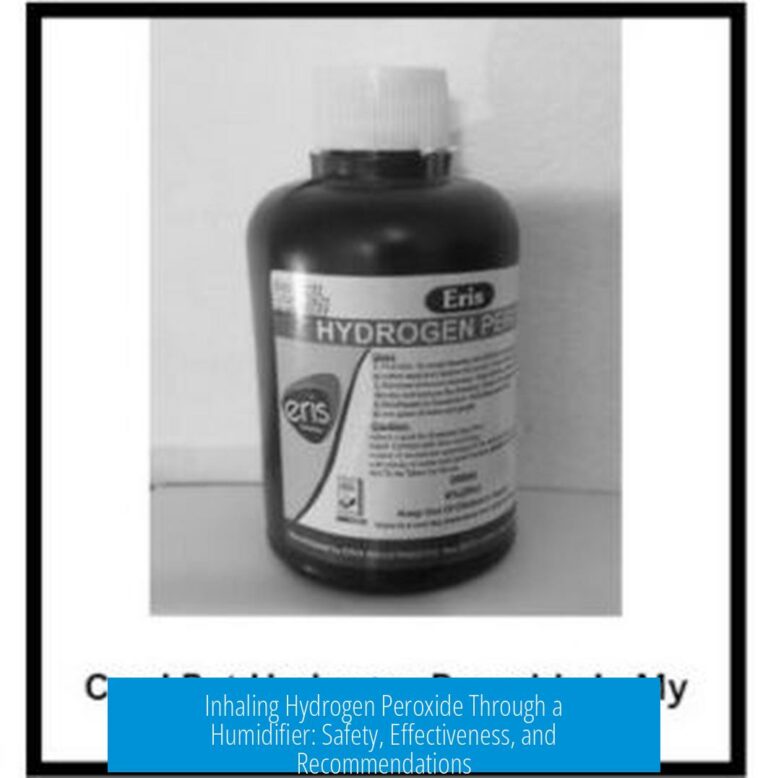
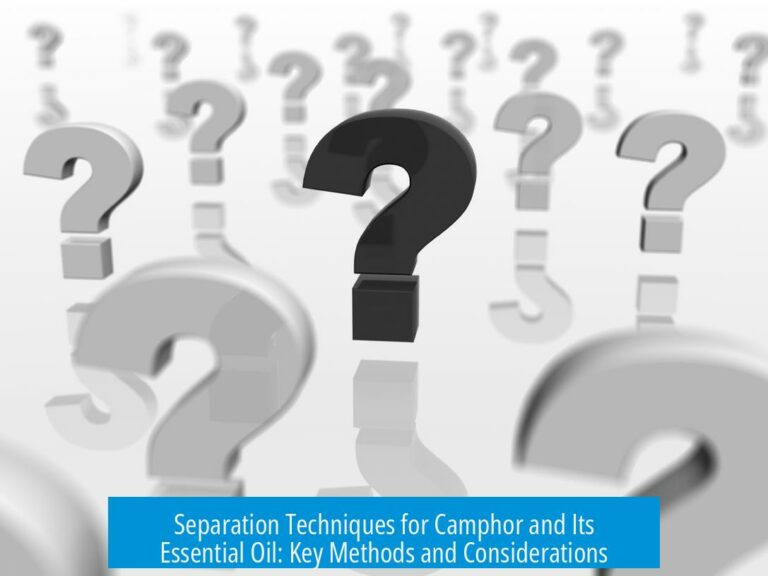
Leave a Comment